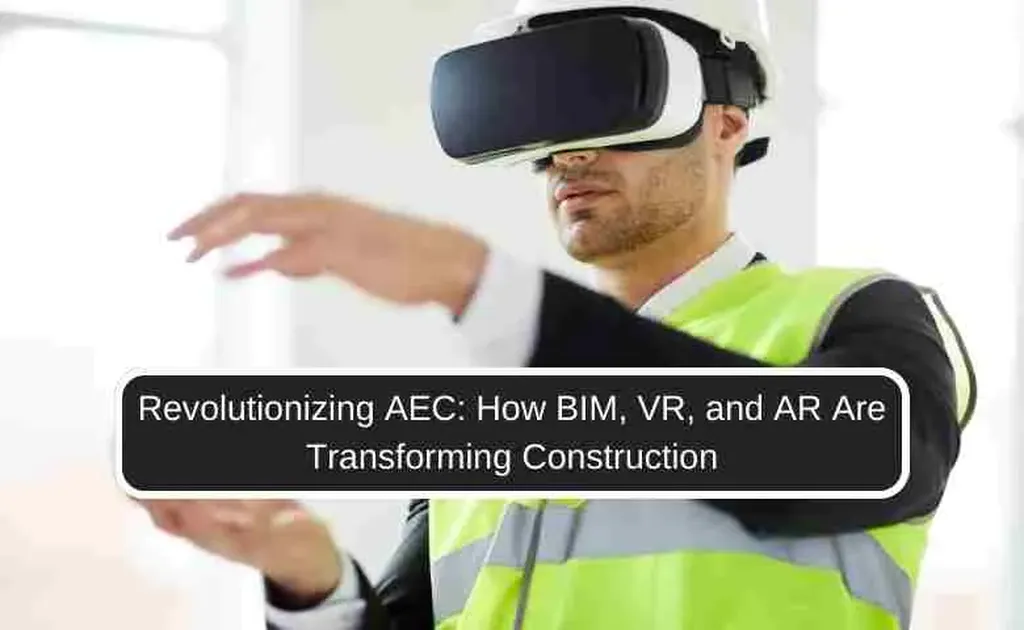In the rapidly evolving world of architecture, engineering, and construction (AEC), education is undergoing a significant transformation, thanks to the integration of virtual reality (VR) and augmented reality (AR) technologies. A recent study published in the journal *Buildings* (translated from English) sheds light on how these immersive tools are reshaping AEC curricula, particularly in the realm of sustainable construction materials like mass timber. Led by Mohammed Rayan Saiba from the School of Planning, Design and Construction at Michigan State University, the research offers a comprehensive look at the current state and future potential of VR/AR in AEC education.
The study, which adopted a systematic review following PRISMA guidelines and a scientometric analysis across key AEC journals, synthesizes findings from 69 peer-reviewed articles. It reveals that VR/AR significantly enhances learning outcomes, boosting knowledge retention, critical thinking, practical skills development, and student engagement. “The integration of VR/AR into AEC curricula has shown enormous potential in enhancing learning outcomes,” Saiba notes. “However, their adoption for sustainable construction materials and systems such as mass timber building remains underexplored.”
One of the key challenges highlighted in the study is the lack of standardized evaluation metrics, inadequate faculty training, and the absence of a robust integration framework. These gaps are particularly pronounced in the context of mass timber and overall sustainability education. To address these issues, the study proposes a foundational framework for VR/AR integration in AEC curricula for mass timber education and highlights pedagogical strategies to bridge the identified gaps.
The implications of this research are far-reaching, especially for the energy sector. As the demand for sustainable construction materials grows, the need for skilled professionals who can design and build with these materials becomes increasingly critical. VR/AR technologies offer an innovative way to train the next generation of AEC professionals, equipping them with the skills needed to meet the challenges of sustainable construction.
“The insights from this study establish the basis for future research that will develop and evaluate a VR-based instructional tool to teach mass timber and sustainable construction education,” Saiba explains. This future research could pave the way for more effective and efficient training programs, ultimately driving the adoption of sustainable construction practices in the energy sector.
As the AEC industry continues to evolve, the integration of VR/AR technologies into education will play a pivotal role in shaping the future of sustainable construction. The study by Saiba and his team offers a valuable roadmap for educators and industry professionals looking to harness the power of these immersive tools. With the foundational framework and pedagogical strategies proposed in the study, the AEC industry can take significant steps towards a more sustainable and innovative future.

